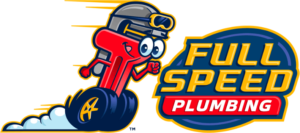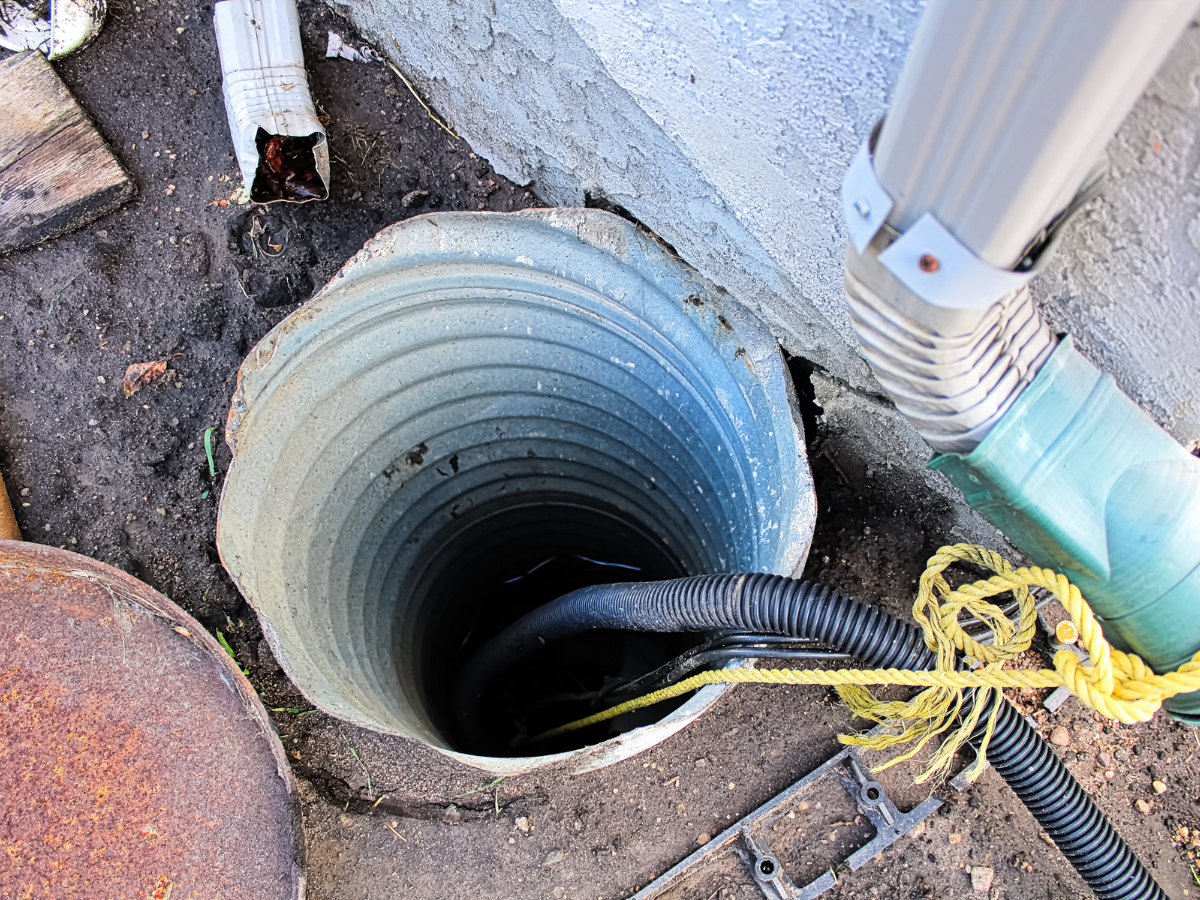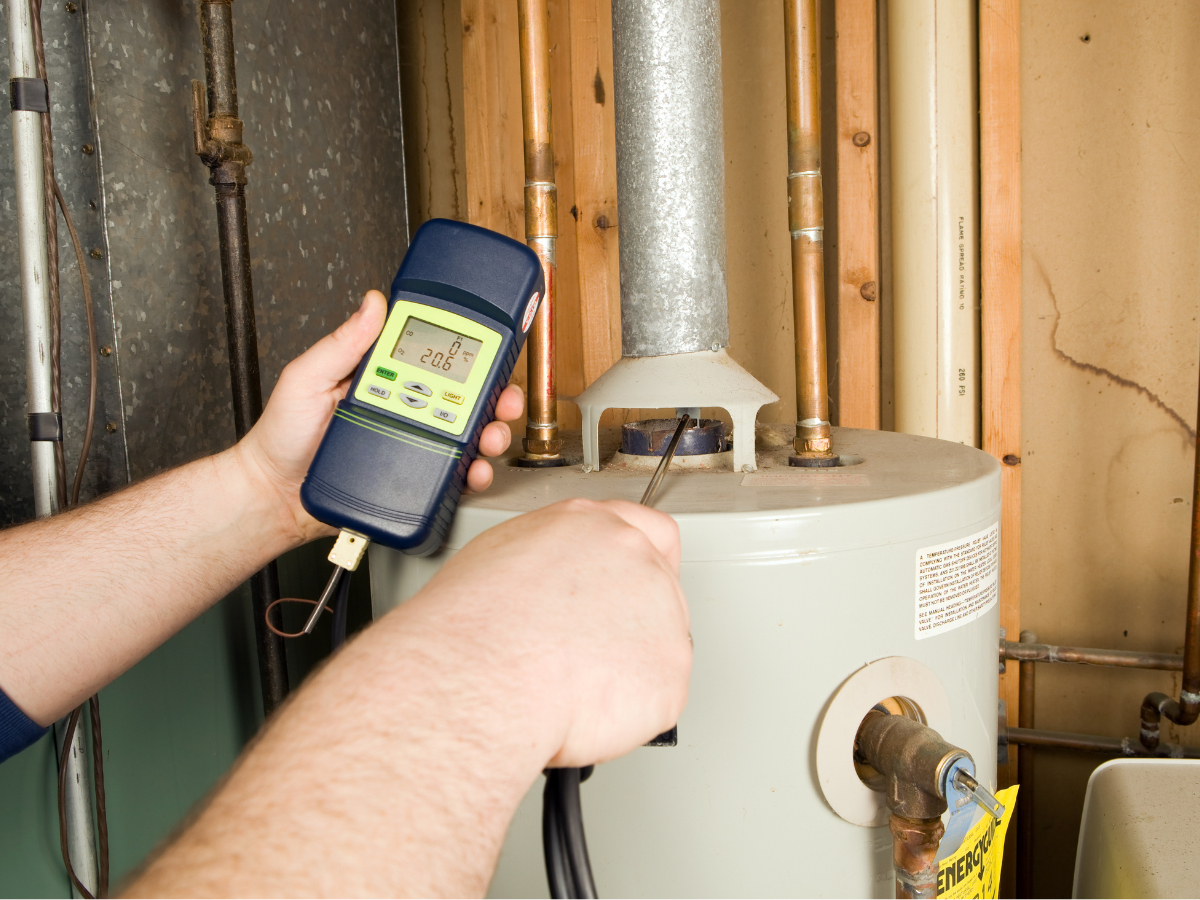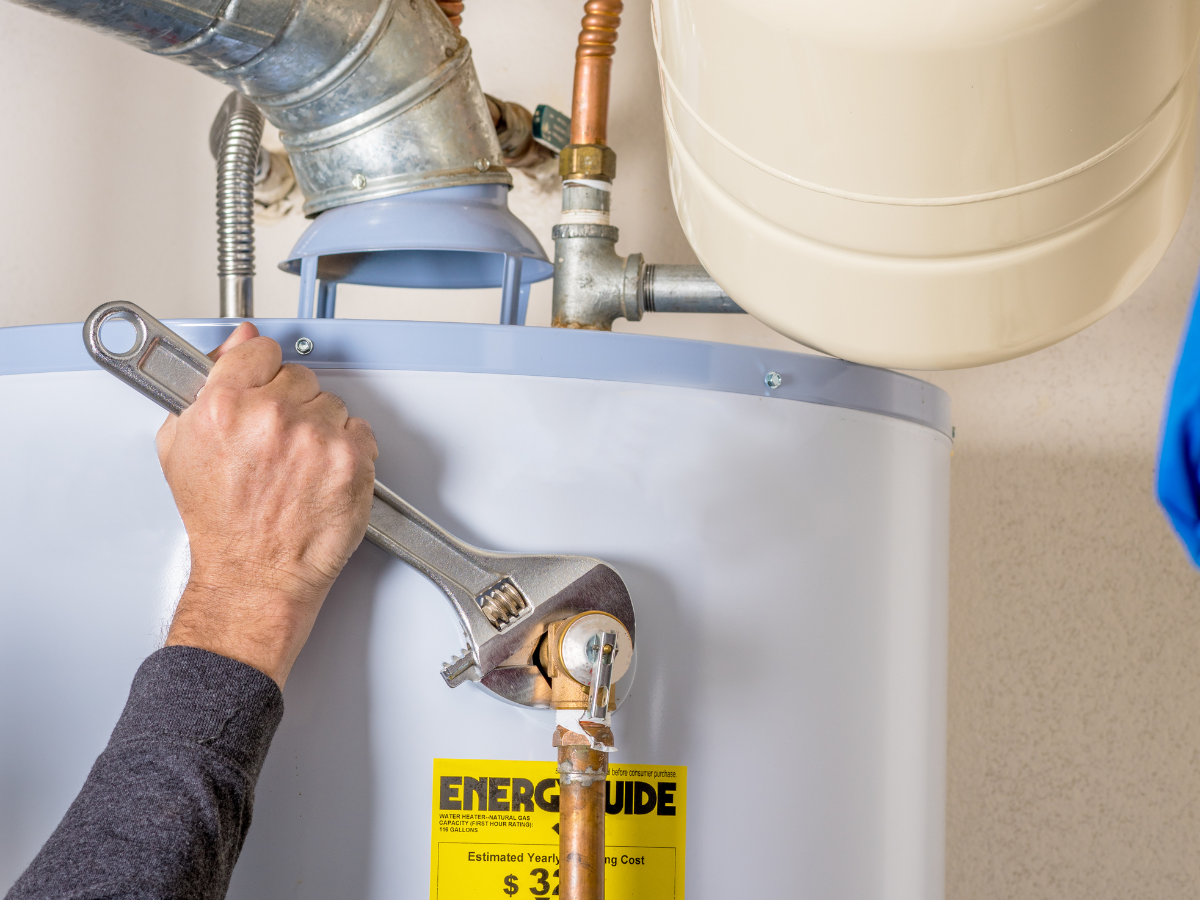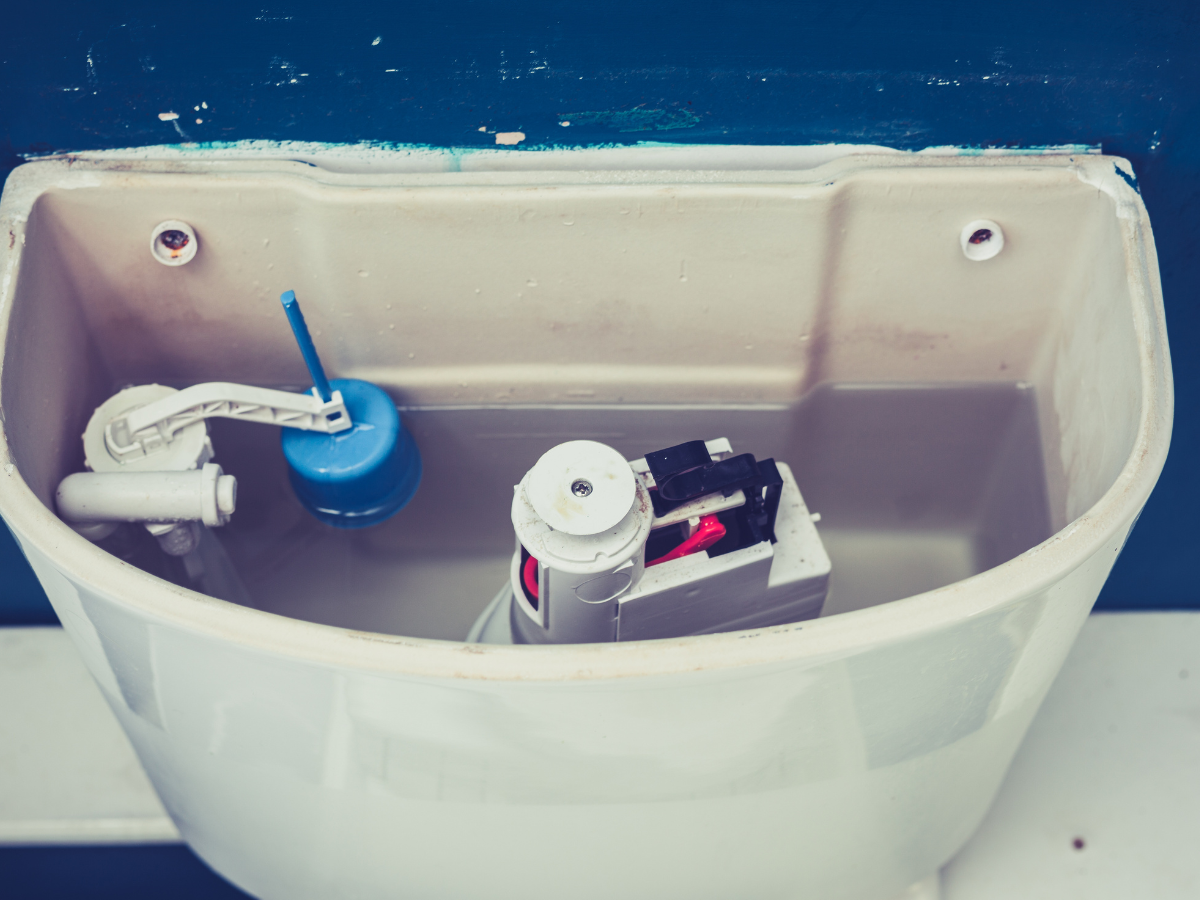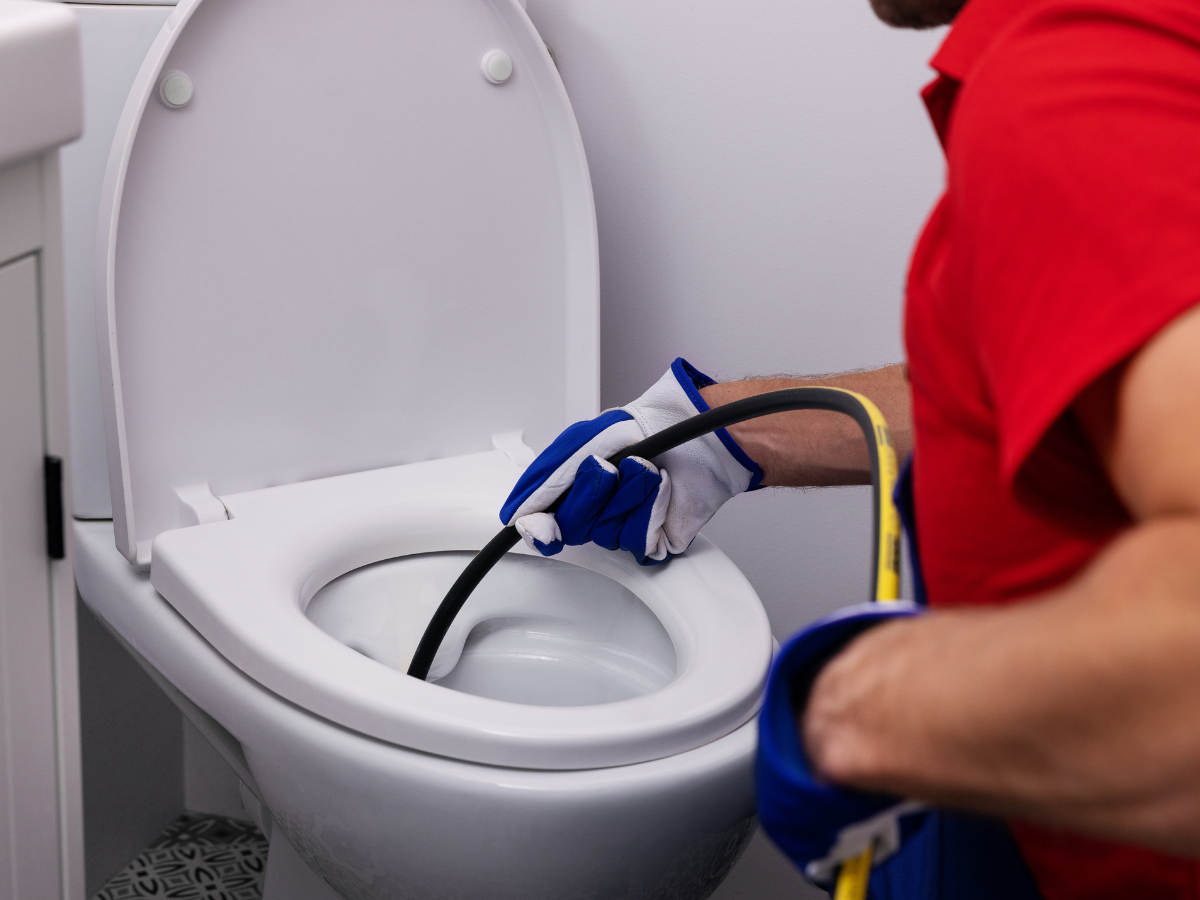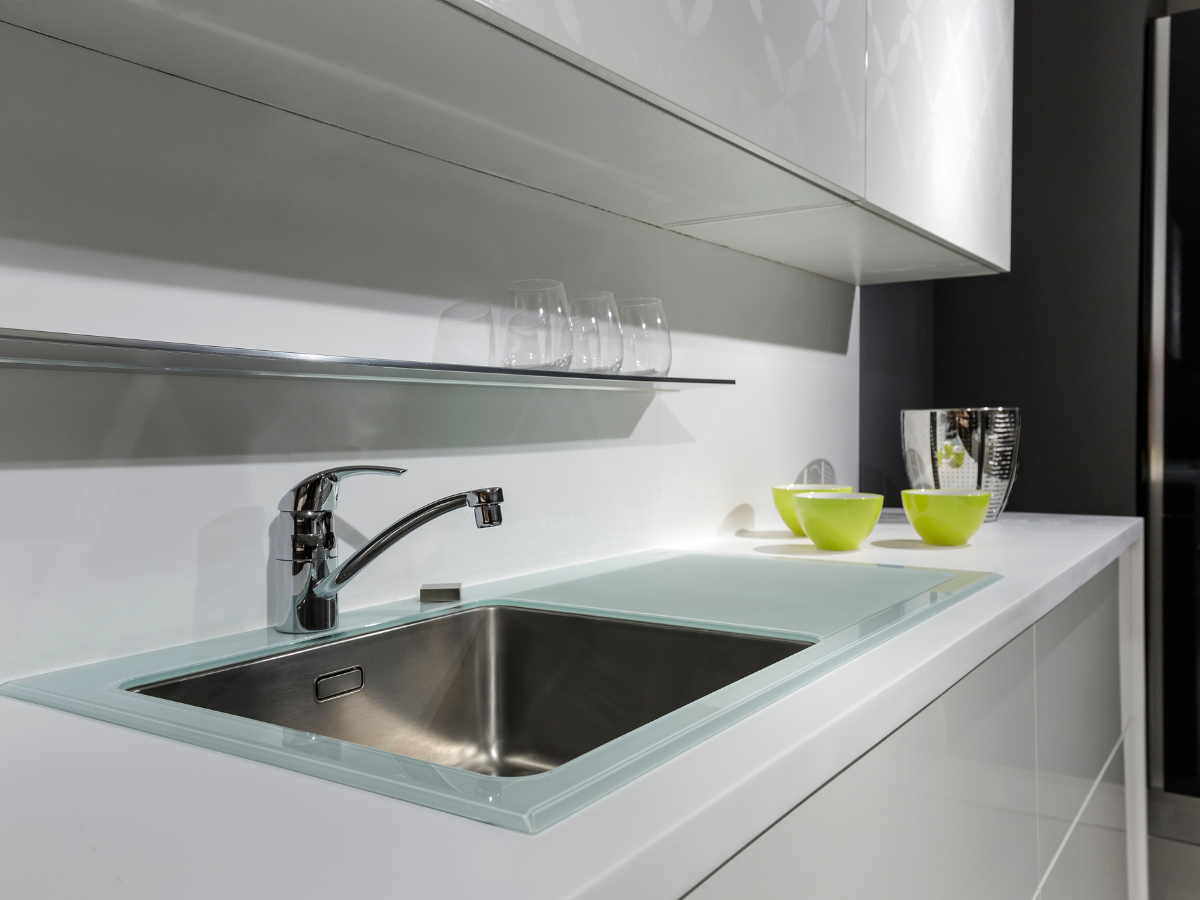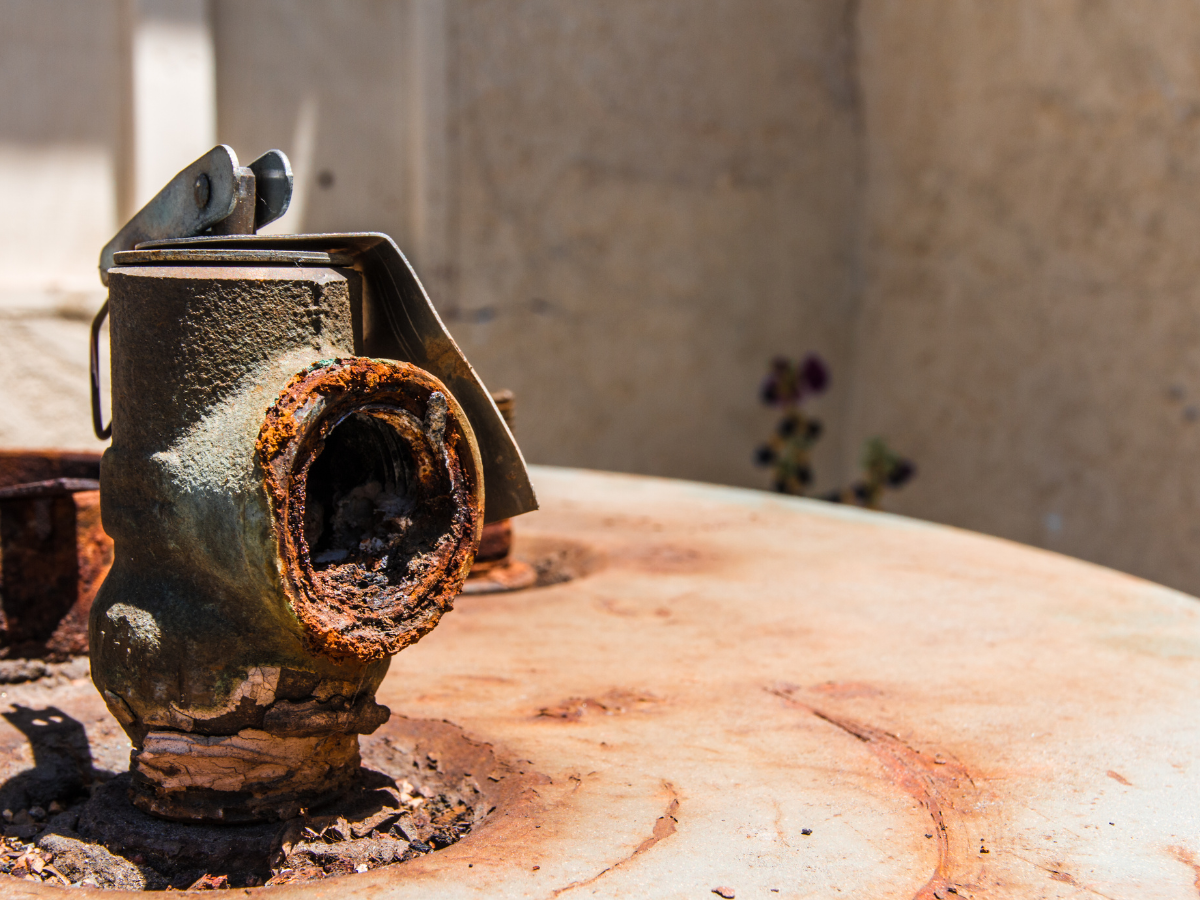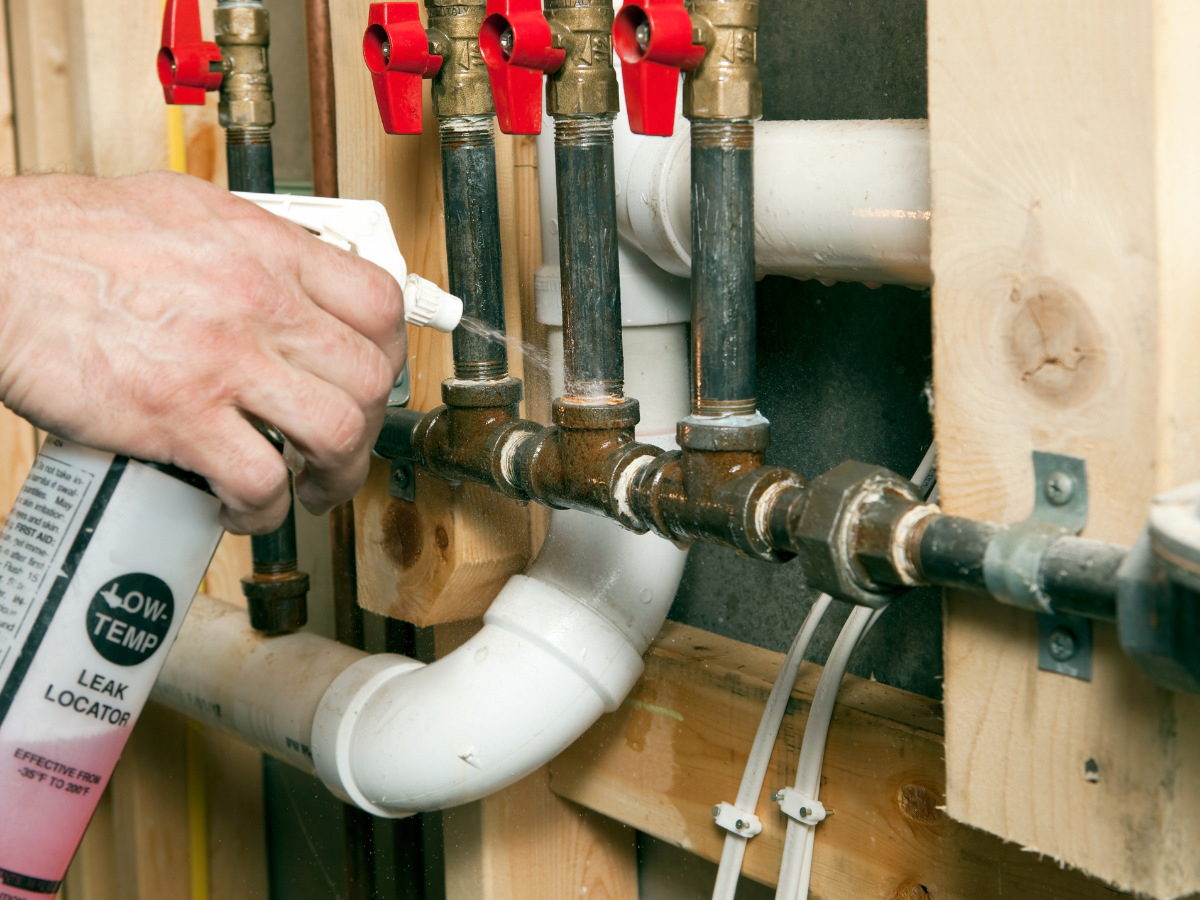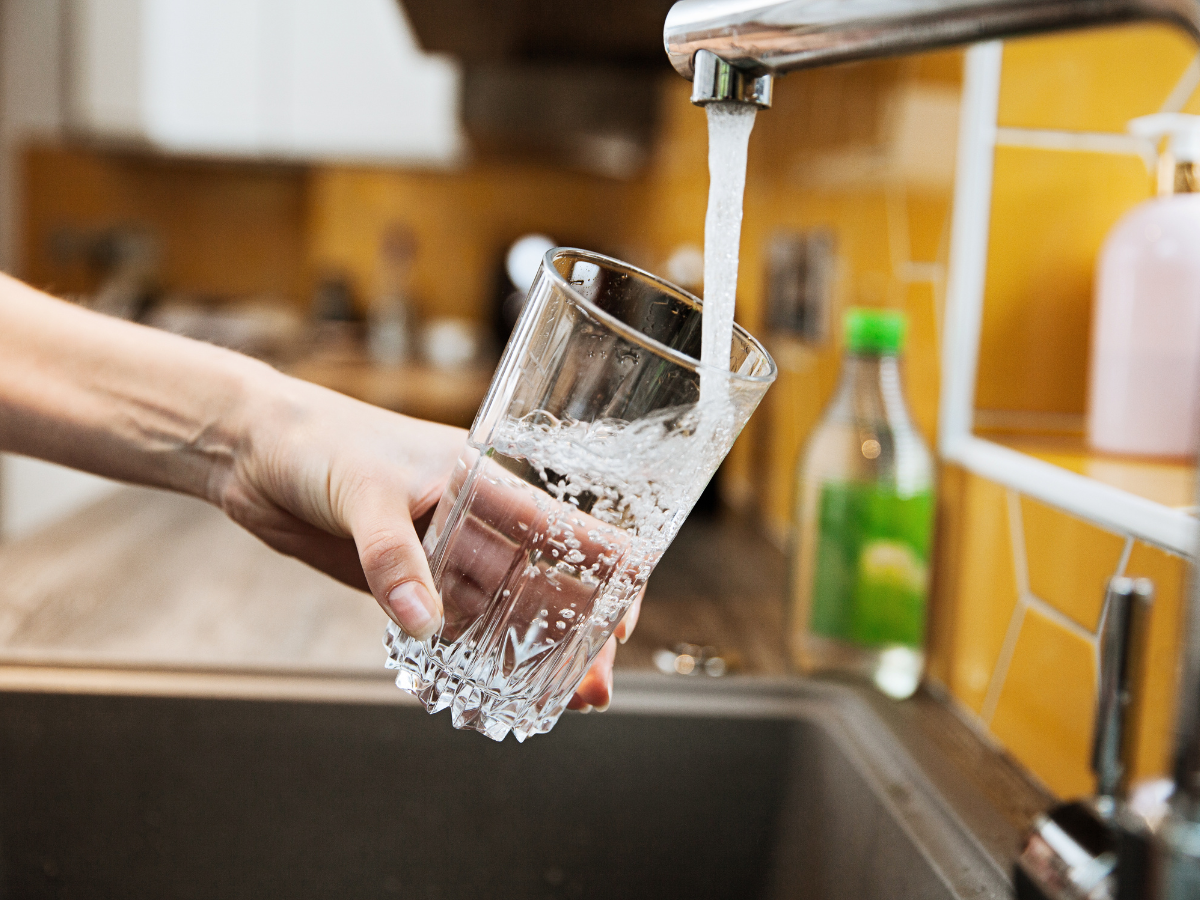How to Tell If Your Sump Pump Is Working Properly
Full Speed Plumbing understands how essential a sump pump is to your home. It acts as your first line of defense against water seeping into your basement, safeguarding your property from potential damage.
But how can you tell if it’s functioning correctly?
In this blog post, we’ll guide you through the key signs to look out for in determining whether your sump pump system is working properly. This way, you can ensure your basement stays dry, and your plumbing system remains intact, no matter what the weather throws your way. So, let’s dive in!
So, let’s dive in!
What is a Sump Pump and How Do They Work?
A sump pump is an essential problem-solving tool found in many homes. Think of it as an invisible superhero, continuously on guard, ready to protect your home.
So, what exactly is it?
It’s a device designed to tackle the problem of floods, particularly in areas that are prone to heavy rain. Sump pump units are generally installed in the lowest part of a basement or crawl space; their primary role is to help keep the area under the building dry and to prevent it from flooding.
How Do They Work?
Well, it’s quite simple. A sump pump is installed into a pit (also known as a ‘sump’) and works by automatically pumping out water that collects in this pit.
Whenever rain pours, or snow melts rapidly, causing water levels to rise, the sump pump senses it and springs into action. It starts to channel water away from your home into a nearby storm drain or sewerage system, preventing any potential damage from water intrusion.
By doing so, it ensures your home remains dry and damage-free. So, come rain or shine, a sump pump is your steadfast ally, always ready to defend your home against the nefarious enemy that is water damage!
Evaluating Your Sump Pump
Continuously testing and assessing your sump pump is imperative for guaranteeing its peak performance and ensuring a moisture-free basement. Routine cleaning sessions and inspections allow for early detection of potential problems, reducing the risk of water-linked damages.
Pre-test Preparations
Before commencing the sump pump test, the necessary tools must be at hand:
- A container or large bin to collect water
- A garden hose, if needed
Moreover, observe the following safety precautions:
- Disconnect your sump pump from the power source
- Wear reliable safety gear, such as gloves and protective eyewear
Detailed Instructions for Sump Pump Assessment
For a practical evaluation of your sump pump, follow the procedure below:
- Manual Activation: Without plugging the pump into the power source, fill the sump pit with water to the float level, simulating a real-world water level rise that would trigger the pump. Verify if the pump initiates automatically.
- Inspecting Effective Water Discharge: Once the sump pump starts, assess its capacity to drain the water from the pit effectively. Be vigilant for any irregularities, such as slow discharge or unusual noises.
- Checking Switch Function: The sump pump should switch off as the water level decreases. During this stage, examine the switch for any operational glitches or inconsistencies.
Maintaining these steps and noting any irregularities during the evaluation process will help ascertain the efficient functioning of your sump pump. If any issues arise or you suspect irregular sump pump operation, we advise contacting professionals for detailed examination and necessary repairs.
Addressing Frequent Issues with Sump Pumps
One common issue you might face with your sump pump is that it won’t switch on. In such cases, first, ensure the power supply is functioning correctly and all connections are secure. Next, inspect the float switch, which is critical in activating the pump as water levels rise. Make sure it isn’t obstructed or jammed. Finally, look at the circuit breaker dedicated to the sump pump. If it has tripped, reset it accordingly.
Another issue that users often experience is inadequate water drainage. If your sump pump isn’t effectively draining water, remove any debris, such as dirt or rocks, from the sump pump pit that could be causing a blockage. Then, adjust the float switch. Its position impacts the water level at which the pump switches on and off, hence affecting the drainage.
Additionally, you need to make sure the pump’s size and capacity are adequate. If the sump pump is too small or can’t handle the volume of water, consider upgrading to a larger, more powerful model.
Lastly, you might find that your sump pump is continually running without switching off. In this case, first, check the switch that regulates pump operation. It might be stuck in the “on” position, causing the pump to run continuously. If your pump includes adjustable switch sensitivity settings, try modifying them to determine the suitable sensitivity level.
Finally, check the discharge pipe’s alignment and slope. If not correctly positioned, water can flow back into the pit, which can trigger the pump to run continuously. So, ensure that the discharge pipe is appropriately aligned and angled to facilitate proper drainage.
How to Tell If Your Sump Pump Is Working Properly — Conclusion
Managing a sump pump might seem daunting, but armed with the right information and a proactive mindset, it’s an essential part of maintaining your home, especially in weather-prone areas.
Remember, whether it’s the calm after a storm or just an ordinary day, a well-functioning sump pump can make a noticeable difference in your everyday life. If you encounter any problems or inconsistencies during your routine check, don’t hesitate to call a professional plumber or contractor.
At Full Speed Plumbing, our experts are on standby to provide you with reliable, efficient, and timely maintenance services. Save your home from potential water damage – contact one of our team members today to schedule your sump pump inspection or any plumbing needs you may have. Your peace of mind is our priority.
